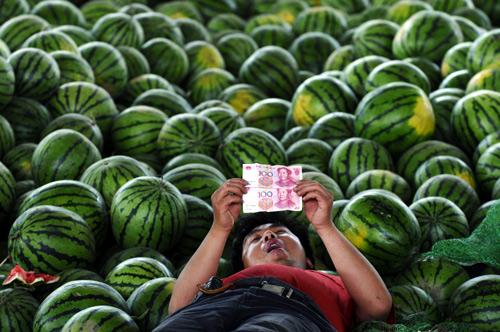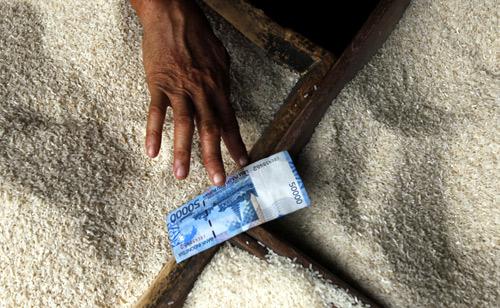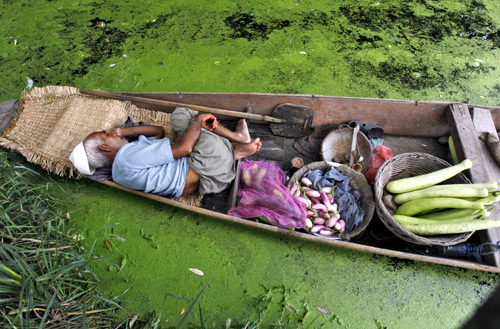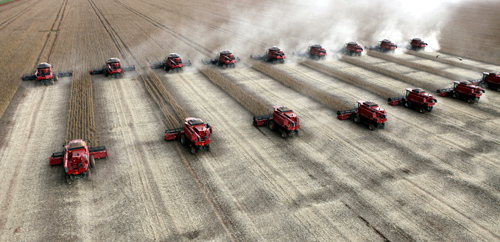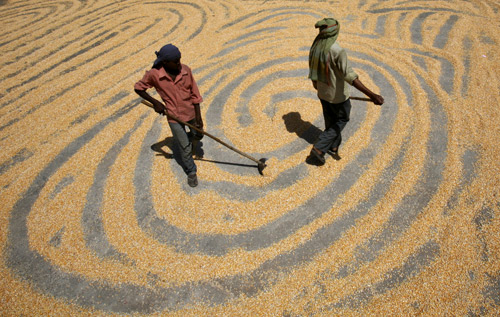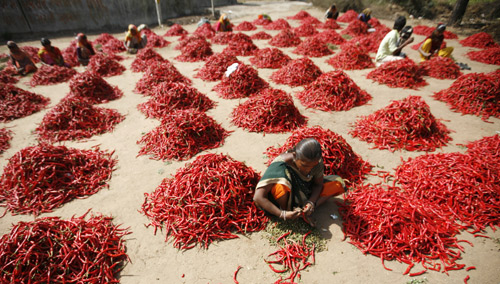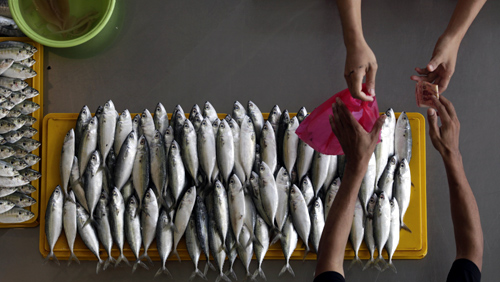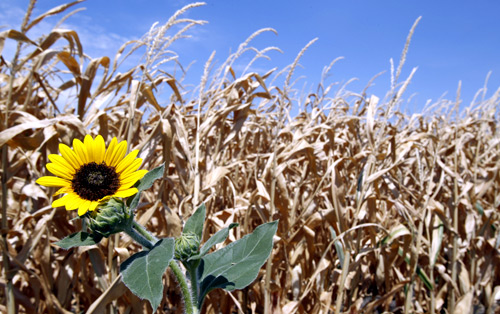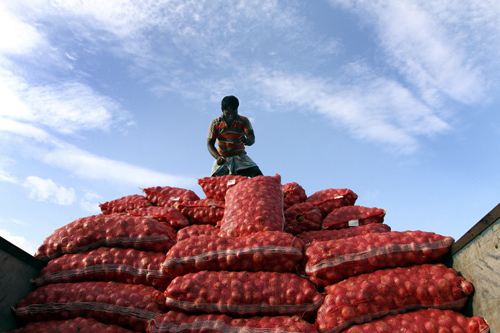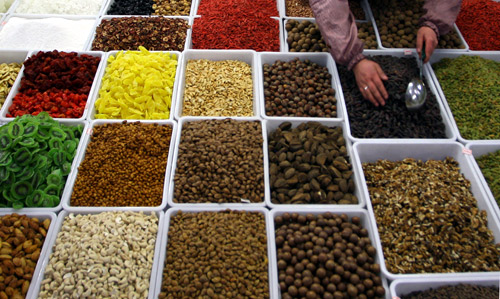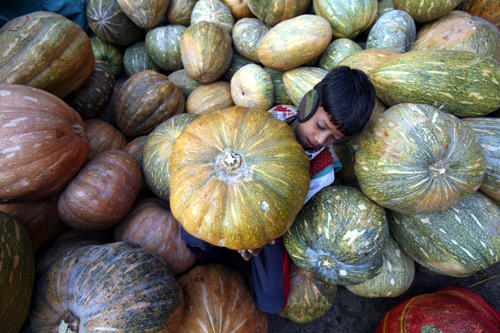 | « Back to article | Print this article |
Drought: Food prices to hit record highs, grim outlook
Food prices around the world are rising to historic highs following extreme weather conditions.
Food price volatility creates unpredictability in the market and poses fundamental food security risks for consumers and governments, says World Bank.
Click NEXT to read more...
Drought: Food prices to hit record highs, grim outlook
Volatility also discourages needed investment in agriculture for development due to increased financial risks and uncertainty for producers and traders, World Bank said.
Click NEXT to read more...
Drought: Food prices to hit record highs, grim outlook
"When food prices rise sharply, families cope by pulling their kids out of school and eating cheaper, less nutritious food, which can have catastrophic life-long effects on the social, physical, and mental well being of millions of young people," said World Bank Group President Jim Yong Kim.
Click NEXT to read more...
Drought: Food prices to hit record highs, grim outlook
In 2008, while other grains increased in price, rice and wheat prices rose the most, although the price fell quite substantially in 2009 due to a notable supply response by farmers seeking to benefit from higher prices.
Click NEXT to read more...
Drought: Food prices to hit record highs, grim outlook
In 2008, while other grains increased in price, rice and wheat prices rose the most, although the price fell quite substantially in 2009 due to a notable supply response by farmers seeking to benefit from higher prices.
Click NEXT to read more...
Drought: Food prices to hit record highs, grim outlook
Wheat prices are up over 50 percent since mid-June. The price for corn has risen more than percent since mid-June.
Click NEXT to read more...
Drought: Food prices to hit record highs, grim outlook
Soybeans are up almost 30 percent since the beginning of June and up almost 60 per cent since the end of last year.
Click NEXT to read more...
Drought: Food prices to hit record highs, grim outlook
In 2008, the price of rice more than tripled, which had a huge negative impact on the poor, especially in Asia.
Although current rice prices remain at elevated levels, existing rice stocks are relatively comfortable.
Click NEXT to read more...
Drought: Food prices to hit record highs, grim outlook
In addition, current prices of crude oil, fertilizers and international freight are at lower levels than in 2008, which will both ease the costs of importing food, and also the sowing and growing of next season's crop.
Click NEXT to read more...
t: Food prices to hit record highs, grim outlook
The impact of the US drought on global markets is exacerbated by other countries also currently suffering from weather-related production issues.
Click NEXT to read more...
Drought: Food prices to hit record highs, grim outlook
While continuous rain is causing problems for the wheat crop in many European countries, wheat crops in US, Russia, Ukraine and Kazakhstan have been hit hard by a lack of rain.
Click NEXT to read more...
Drought: Food prices to hit record highs, grim outlook
In India, monsoon is about 20 percent below the long-term annual average.
The World Bank has long cautioned that we can expect to see volatile, higher than average grain prices until at least 2015.
Click NEXT to read more...
Drought: Food prices to hit record highs, grim outlook
In the poorest countries, where people spend up to two-thirds of their daily income on food, rising prices are a threat to global growth and social stability, says the World Bank.
Drought: Food prices to hit record highs, grim outlook
However, higher prices can bring desperately needed income to poor farmers, enabling them to invest, increase their production and thereby become part of the global food security solution.
There are nearly one billion hungry people worldwide. More than 60 percent of the world's hungry are women.
Click NEXT to read more...
Drought: Food prices to hit record highs, grim outlook
Malnutrition contributes to infant, child and maternal illness; decreased learning capacity; lower productivity and higher mortality.
One-third of all child deaths globally are attributed to under-nutrition, and up to 80 percent of our brain architecture develops during the first 1,000 days of life, making access to nutritious food critical, particularly for young children, says the World Bank.
